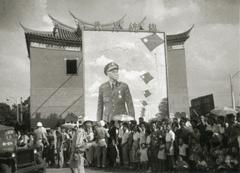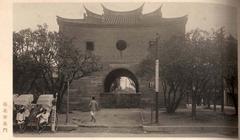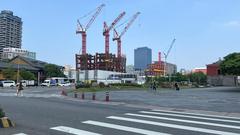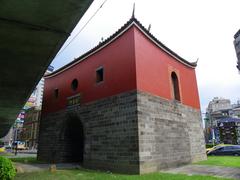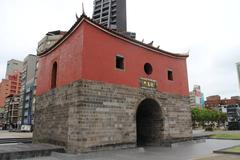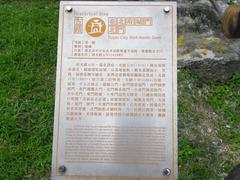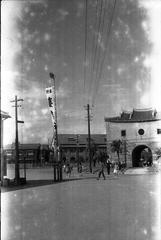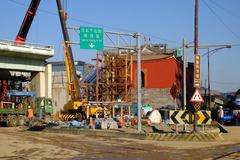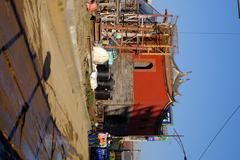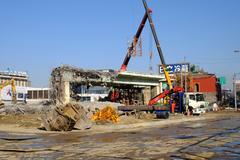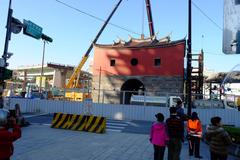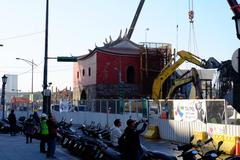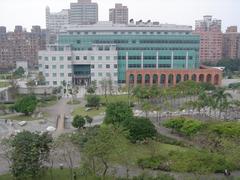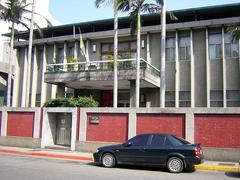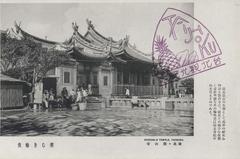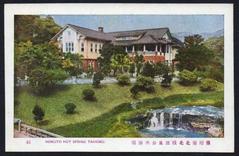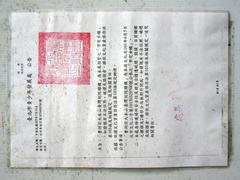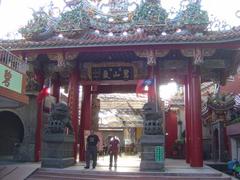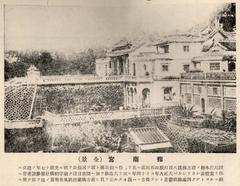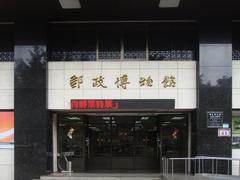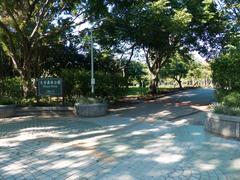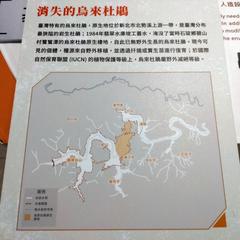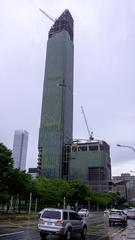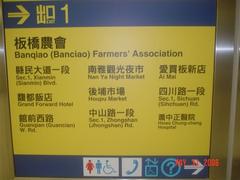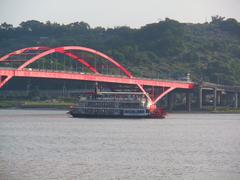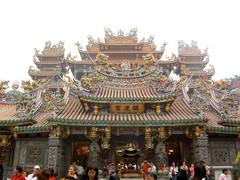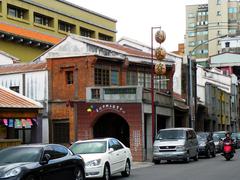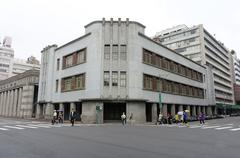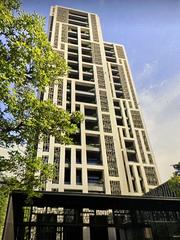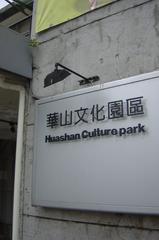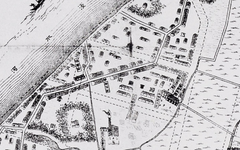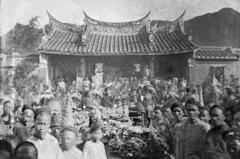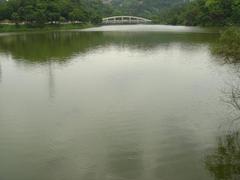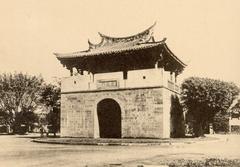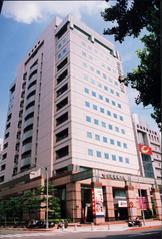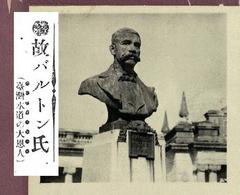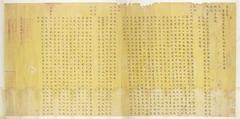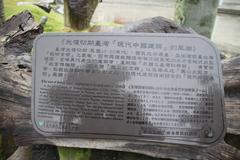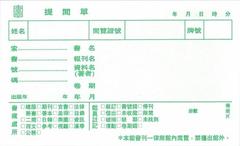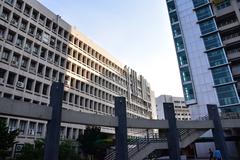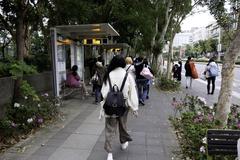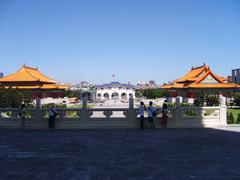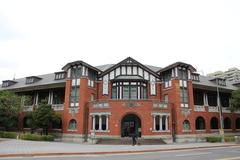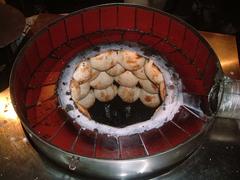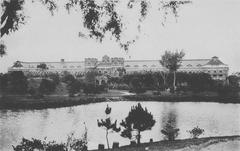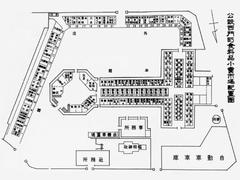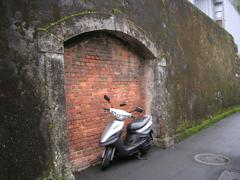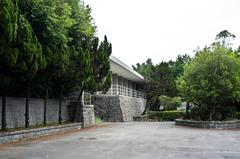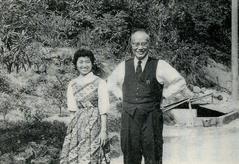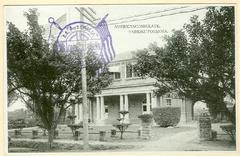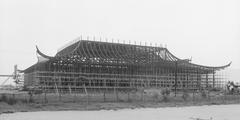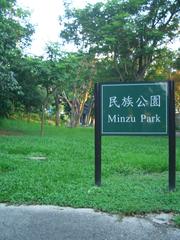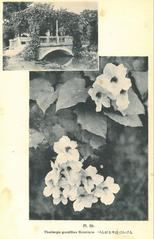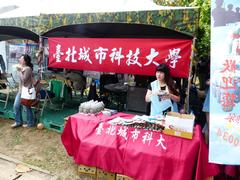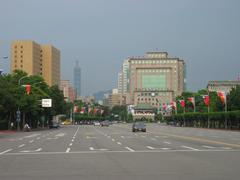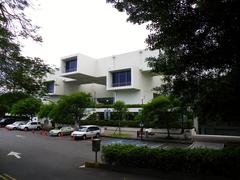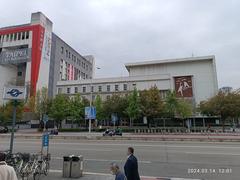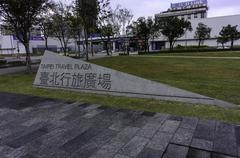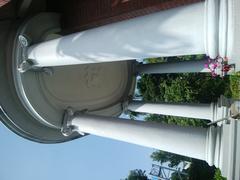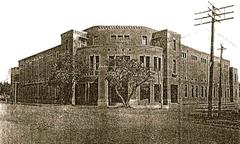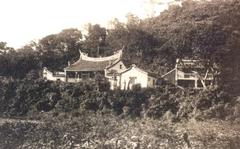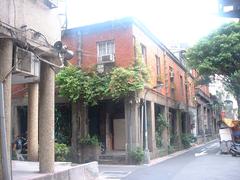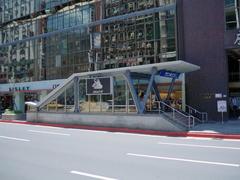
Comprehensive Guide to Taipei Fu Cheng North Gate
Date: 18/07/2024
Introduction
The Taipei Fu Cheng North Gate, also known as Cheng’en Gate (承恩門), stands as a solitary sentinel amidst the bustling cityscape of modern Taipei. This historical marvel is not just an architectural relic but a tangible link to Taipei’s dynamic past, offering a glimpse into the city’s evolution from a fortified trading port to a thriving metropolis. Constructed during the Qing Dynasty in the 19th century, the North Gate is the only one among the original five city gates to retain its authentic appearance, making it an invaluable historical treasure (Discovering Taipei North Gate). Visitors are often drawn to its grand structure, intricate carvings, and the rich history that it embodies. As a designated National Monument since 1985, the North Gate not only symbolizes the city’s resilience but also its continuous embrace of modernity while cherishing its heritage (Visiting Taipei’s North Gate). This comprehensive guide will delve into the historical significance, architectural features, and practical visitor information to ensure a memorable visit to this iconic landmark.
Table of Contents
- Introduction
- The Genesis of a City Wall - Birth of the Taipei Fu Cheng
- The Five Gates - Guardians of Taipei Fu
- The North Gate - A Beacon of Resilience
- Witness to Change - From Colonial Rule to Modernity
- A Legacy Preserved - The North Gate’s Enduring Significance
- Visitor Information
- FAQ
- Conclusion
The Genesis of a City Wall - Birth of the Taipei Fu Cheng
The story of the North Gate begins in the 19th century, during the Qing Dynasty’s reign over Taiwan. In 1863, Taipei, then a burgeoning trading port known as Bangkah, witnessed a significant shift in its fortunes. The Qing government, recognizing the city’s growing economic importance, elevated it to the status of a prefecture, renaming it Taipei Fu. This marked the beginning of Taipei’s transformation from a humble trading town to a center of administrative power.
With this newfound status came the need for protection. Between 1879 and 1884, under the leadership of the forward-thinking Governor Liu Ming-chuan, the construction of the Taipei city wall commenced. This defensive barrier, built from bricks and stone, was designed to safeguard the city and its inhabitants from external threats, primarily from bandits and rival groups.
The Five Gates - Guardians of Taipei Fu
The Taipei city wall, a testament to the architectural prowess of the time, was punctuated by five majestic gates:
- North Gate (Cheng’en Gate) - Dedicated to the Emperor, symbolizing his benevolent protection over the city.
- South Gate (Liuzheng Gate) - Representing good governance and order.
- East Gate (Jingfu Gate) - Symbolizing prosperity and abundance.
- West Gate (Baocheng Gate) - Signifying a well-defended and secure city.
- Auxiliary South Gate (Xiaonanmen) - A smaller gate, primarily used for water transport and trade.
These gates, each with its own symbolic meaning, served as the main entry and exit points to the walled city, regulating the flow of people and goods.
The North Gate - A Beacon of Resilience
The North Gate, also known as Cheng’en Gate, holds a unique place in Taipei’s history. Facing the Datun Mountains and aligned with the Presidential Office Building, it was considered the most important of the five gates. Its strategic location provided a vantage point for monitoring activities outside the city walls.
Constructed in a traditional Chinese architectural style, the North Gate stands as a two-story structure with a single passageway. Its imposing facade, adorned with intricate carvings and battlements, reflects the grandeur of the Qing Dynasty. The gatehouse, made of thick brick walls and a multi-tiered roof with upturned eaves, showcases the architectural ingenuity of the era.
Witness to Change - From Colonial Rule to Modernity
The North Gate, however, was destined to witness a period of dramatic change. In 1895, following the First Sino-Japanese War, Taiwan came under Japanese rule. The Japanese, with their vision of modernizing Taipei, embarked on a series of urban planning projects. This led to the dismantling of the city walls in 1900, leaving the five gates as the sole remnants of Taipei’s fortified past.
While the other four gates underwent significant alterations during the Japanese era, the North Gate remained relatively untouched. This preservation can be attributed to its proximity to a vital water transportation route, making it a crucial access point even after the walls were demolished.
A Legacy Preserved - The North Gate’s Enduring Significance
Today, the Taipei Fu Cheng North Gate stands as a poignant reminder of Taipei’s evolution. It is the only gate among the original five to retain its original appearance, making it an invaluable historical treasure. Designated as a National Monument in 1985, it serves as a symbol of the city’s resilience and its ability to embrace modernity while cherishing its heritage.
The gate’s significance extends beyond its architectural and historical value. It represents the spirit of Taipei – a city that has weathered numerous storms, from colonial rule to rapid modernization, yet emerged stronger and more vibrant. The North Gate, with its silent grandeur, invites visitors to reflect on the passage of time and the enduring spirit of a city that continues to evolve while honoring its past.
Visitor Information
Visiting Hours
The Taipei Fu Cheng North Gate is open to visitors daily. The typical visiting hours are from 9:00 AM to 5:00 PM. It is advisable to check the official website for any changes in the schedule or special events.
Tickets
Entrance to the Taipei Fu Cheng North Gate is free of charge. However, donations for the preservation and maintenance of the site are appreciated.
Getting There
The North Gate is conveniently located in the Zhongzheng District, Taipei. It is easily accessible by public transportation, including the Taipei MRT. The nearest MRT station is Beimen Station (Green Line), which is just a short walk away.
Nearby Attractions
Visitors to the North Gate can also explore nearby attractions such as:
- Presidential Office Building - A historic building that serves as the office of the President of Taiwan.
- National Taiwan Museum - One of the oldest museums in Taiwan, showcasing a wide range of exhibits on natural history and cultural heritage.
- Ximending - A vibrant shopping district known for its trendy shops, street food, and entertainment options.
FAQ
Q: What are the visiting hours for Taipei Fu Cheng North Gate?
A: The visiting hours are from 9:00 AM to 5:00 PM daily.
Q: How much do tickets cost to visit Taipei Fu Cheng North Gate?
A: Entrance is free, but donations are welcome.
Q: How can I get to the Taipei Fu Cheng North Gate?
A: The North Gate is easily accessible by public transportation, with Beimen Station (Green Line) being the nearest MRT station.
Conclusion
The Taipei Fu Cheng North Gate is more than just a historical site; it is a testament to Taipei’s enduring spirit and rich heritage. Whether you’re a history enthusiast or a casual visitor, the North Gate offers a unique glimpse into the past while standing proudly in the present. Don’t miss the chance to explore this remarkable landmark and reflect on the vibrant history it represents.

